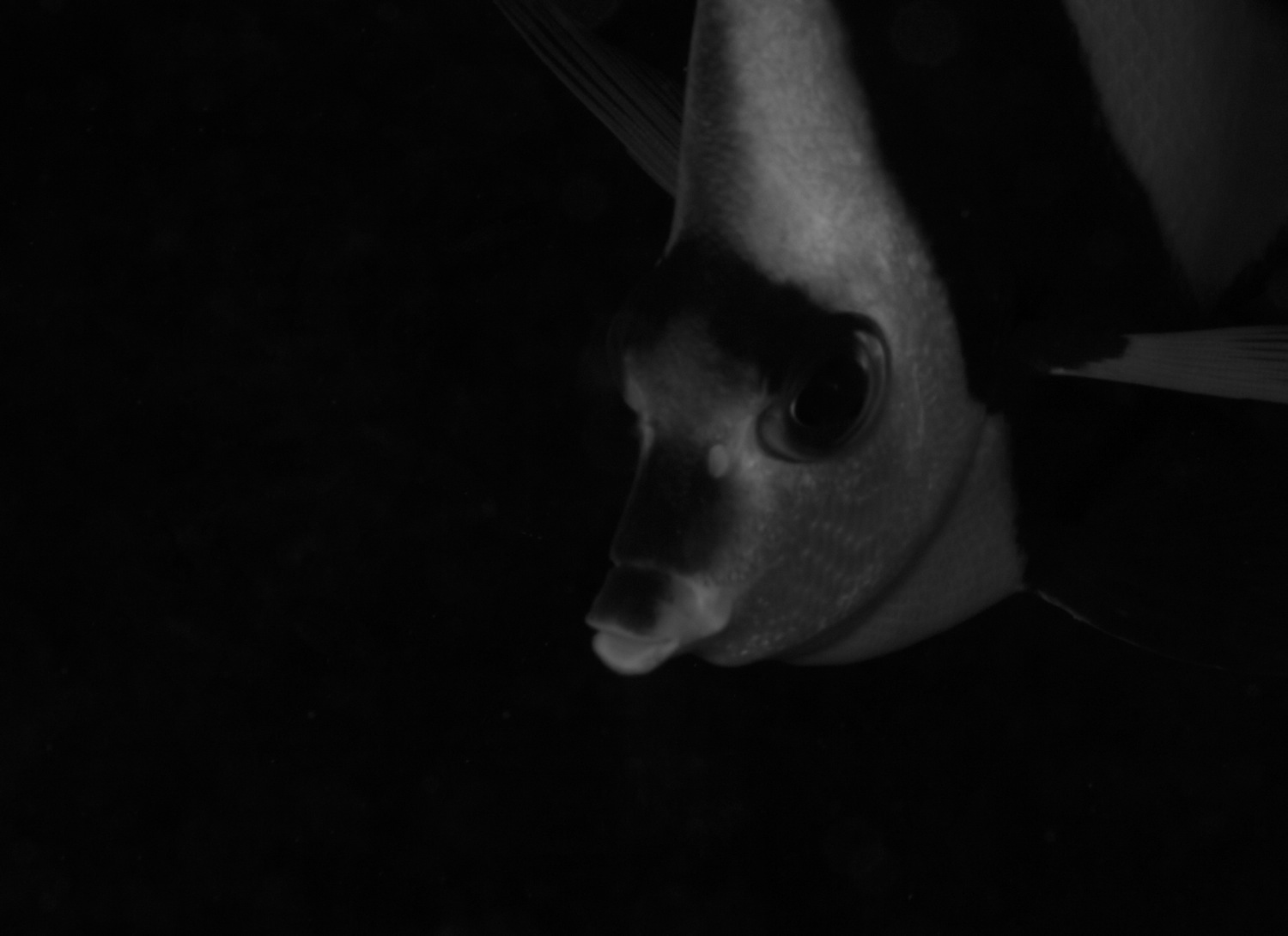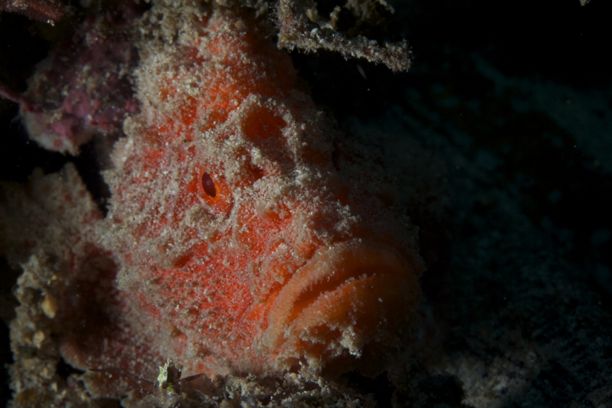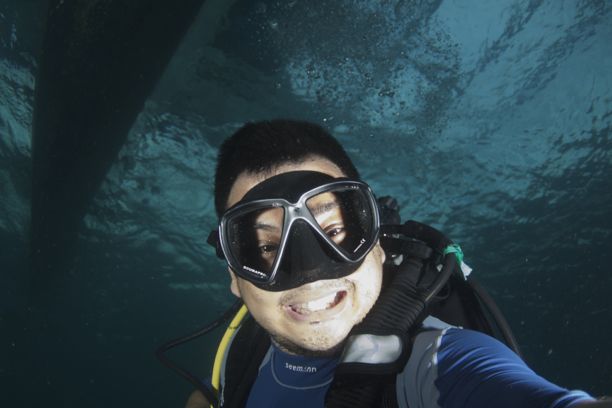When friends ask what it is like to take a camera down into the deep, I always tell them that it is quite similar to bringing down a 6 pound darkroom. Playing with light underwater can get rather tricky as instead of just dealing with the invisible air between you and the subject (on land), in the water, there’s an entire water column that separates you and the subject. And light. Light comes from the sun, which is directly above you and fades to black as you go deeper. The first color to vanish as you go deeper is red which is why new divers who get cut or bruised underwater panic upon seeing that their blood has turned green. Nope they’re not poisoned — the color red is merely absent.


